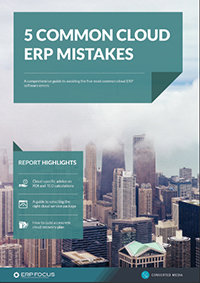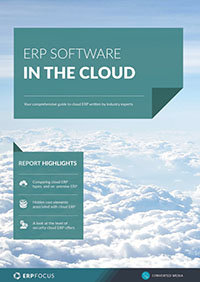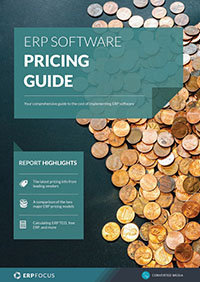3 ERP Security Risks and What You Should Do about Them
ERP systems keep expanding to include more features and better functionality. But the need to maintain ERP security is still the same – it might be more difficult today though.
ERP means one, single system for the whole enterprise. Security is part keeping it running all day, every day, for everyone and part keeping everyone outside who has no business on the inside.
GET ERP RESEARCH & KNOWLEDGE RIGHT TO YOUR INBOX
Covering the key issues faced by businesses selecting and implementing ERP.
More Devices
We have more and more mobile users in our systems today. These include dedicated mobile devices like scanners and printers. At the same time we want to connect with our smart phones and tablets from anywhere. This increase in devices adds a layer of complexity to ERP security access that was device-independent once upon a time.
More Delivery Platforms
ERP in the cloud is increasingly common today. The entire system including the software and all the data is kept somewhere else and maintained by a third party provider. These ERP systems work well and there are few problems but some fear the risk involved in trusting another business with the family jewels. We can also keep our software but use cloud storage for our data for a position somewhere in between. With the rise of cloud ERP, not only is ERP security place in the hands of an outside body, but further complexity is added to our security processes by the diversification of delivery platforms.
More Sensitive Data
HR is more frequently a component of today’s ERP. For the business, the risk is the same as any other data. But for our employees there is heightened concern over having our identification, home address, and a lot of family information. Modern employees may feel they have no control over this data and its security once integrated into your ERP system.
So what can we do to improve ERP security? This really has not changed but the need to be vigilant is as important as ever.
- Change passwords frequently – Minimize the time a stolen password can be used
- Limit the data any one person can access – Only what they need for their jobs
- Log everything – you never know until today what you wish you captured yesterday
- Maintain a firewall – Your first line of defense
- Encrypt your data – it might not stop a pro but it will slow them down and stop others
- Secure against fraud – You have internal threats too
- Track use of social networks – Plenty of phishers out there
- Control external storage by employees – Can someone take your customer list on a thumb drive?
- Watch traffic through customer and supplier portals – clearly define security parameters on a case-by-case basis.
Free white paper
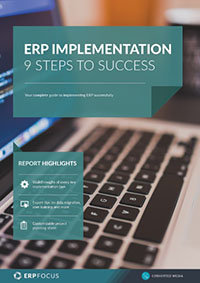
ERP Implementation: 9 steps to success
The 9 proven steps you should follow when implementing ERP
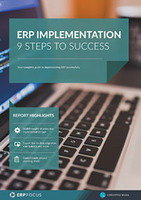
Featured white papers
Related articles
-
![Three direct links between ERP and manufacturing revenue [image by Snowing on Freepik] Three direct links between ERP and manufacturing revenue [image by Snowing on Freepik]](jpg/three%2bdirect%2blinks%2bbetween%2berp%2band%2bmanufacturing%2brevenue%2b%255bimage%2bby%2bsnowing%2bon%2bfreepik%255d2b6a.jpg)
Three direct links between ERP and manufacturing revenue
What you need to know to help you achieve a return on your manufacturing ERP investment
-

CMMC Compliance: What Aerospace and Defense Manufacturers Need to Know
Key insights on CMMC compliance, deadlines, and securing DoD contracts with CMMC 2.0 certificatio...
-

5 Ways ERP Forecasting Can Improve Business Efficiency
Read about 5 areas of your business which can be dramatically improved through ERP forecasting.


